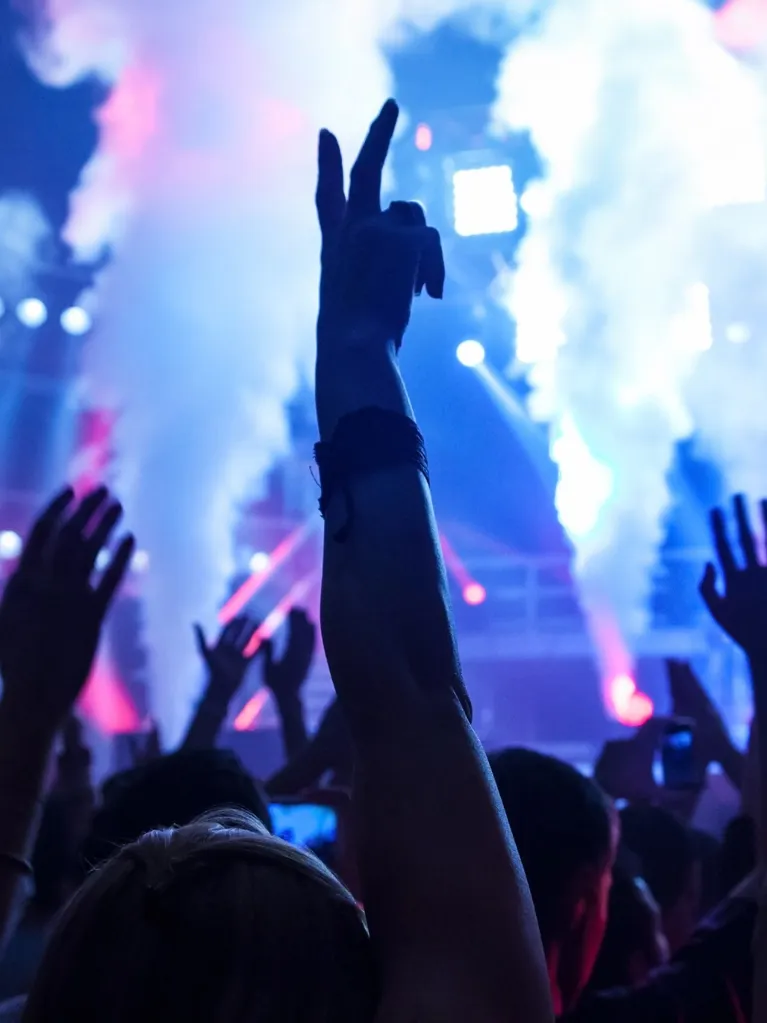In recent years, Electronic Dance Music (EDM) has gained a mass amount of popularity in mainstream media!
EDM consists of a collection of subgenres such as House, Drum n Bass, Dubstep, Trap, and Hardstyle. The genre had been dormant in the nightclub scene since the 1980s, however, in recent years the demand for EDM has taken over commercial music by storm.
EDM is Born
The Birth of Disco
Early Rave
A Cultural Phenomenon
EDM became heavily influenced by live events. Promoters and venues realized DJs could generate larger profits than traditional musicians. EDM festivals like Electric Daisy Carnival and Defqon grew in size, emphasising visual experiences, such as video and lighting effects. Major acts like Avicii and Swedish House Mafia were holding concert tours at large arenas rather than just nightclubs. In 2011 “Spin”, announced a "new rave generation" led by David Guetta, Deadmau5, and Skrillex. In January 2013, “Billboard” introduced a new EDM, Dance/Electronic Songs chart, tracking the top electronic songs based on sales, radio airplay and online streaming.
Prominent Figures in EDM
Carl Cox, a house and techno Dj and producer, is a veteran of the EDM revolution. As the king of Ibiza, his long-lived career inspires each and every new DJ and Producer around the world.
As the ambassador of the Australian hardstyle scene, Toneshifterz has a high status on the main stage at Defqon.1. In 2009, he was signed to ‘Fusion’ records and produced the official 2011 Defqon.1 festival anthem ‘Psychedelic Wasteland’, Toneshifterz is set to continue leading the Australian Hardstyle scene and representing it internationally.
Recently EDM genres have started evolving and merging with other styles, many new DJs and producers are popping up everyday and the future of EDM continues to thrive in music industry.
















